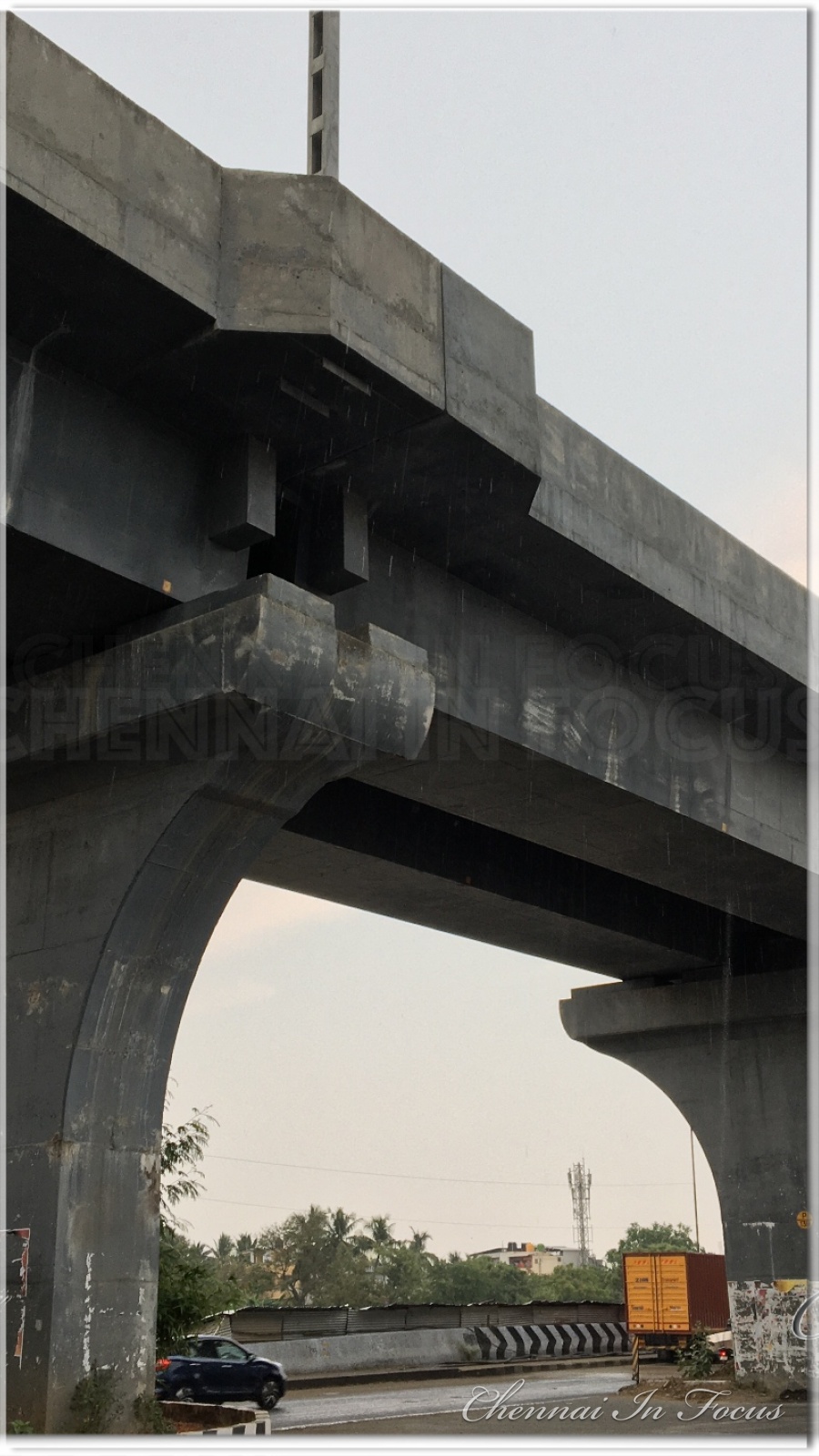Arjuna's Penance
Descent of the Ganges is a monument at Mamallapuram, on the Coromandel Coast of the Bay of Bengal, in the Chengalpattu district of the state of Tamil Nadu, India. Measuring 96 by 43 feet (29 m × 13 m), it is a giant open-air rock relief carved on two monolithic rock boulders. The legend depicted in the relief is the story of the descent of the sacred river Ganges to earth from the heavens led by Bhagiratha. The waters of the Ganges are believed to possess supernatural powers. The descent of the Ganges and Arjuna's Penance are portrayed in stone at the Pallava heritage site. The relief is more of a canvas of Indian rock-cut sculpture at its best not seen anywhere in India. It is one of the Group of Monuments at Mamallapuram that was designated as a UNESCO World Heritage Site since 1984.
The relief was created to celebrate the victory of Narasimhavarman 1. over Chalukiya king Pulakesin 2. The place, now known as Mamallapuram, was earlier known by the epithet given to the king Narasimhavarman I (630–668 AD) of the Pallava Dynasty (who ruled from 4th to 9th centuries),[6]) as Mamallan, the "great wrestler" or "great warrior" who came in the Malla dynasty. His father was king Mahendravarman I. The architectural creations at Mamallapuram, mostly attributed to Mamalla in the 7th century, adopted stone as the medium for sculpting in situ rock faces, which until then was done with some perishable material like wood or loose stones.[6] It is part of 25 UNESCO World Heritage Cultural Sites in India, and as a protected monument, the Archaeological Survey of India (ASI), Chennai Circle is entrusted with its upkeep in all aspects. The open-air reliefs (including the Descent of the Ganges (Mamallapuram) are one of the four categories under which UNESCO identified the site as a World Heritage Site and inscribed it in 1984 under the title Group of Monuments at Mahabalipuram. This relief in rock is reported as a "sublime" early sculpture of the 7th century; even in the subsequent dynasty of the Chola's adopted the shrine-sculpting technique in the temples they built in the late 9th century. This architectural legacy of the Pallava dynasty is continued by the descendants of sculptors of that period, who are now integrated into the present town's culture.
External Link
Category
Map













































